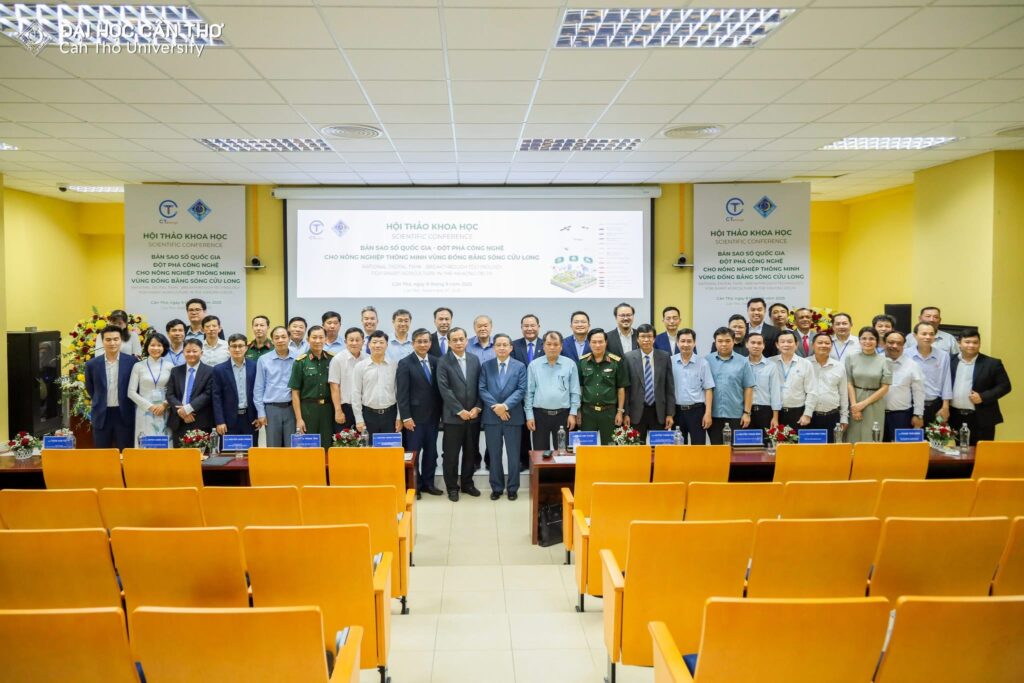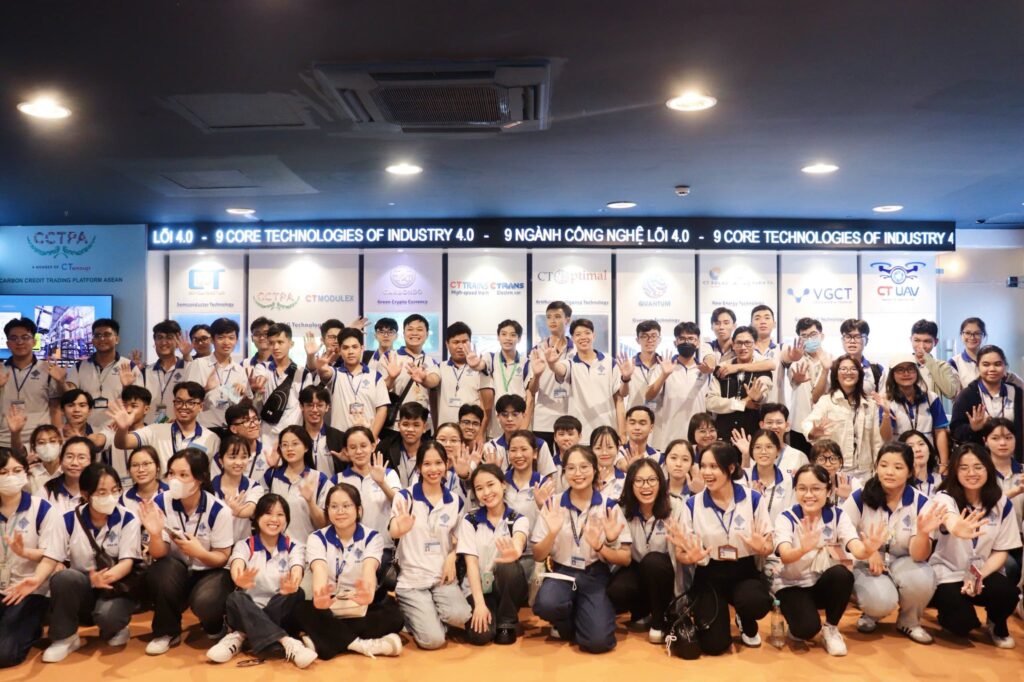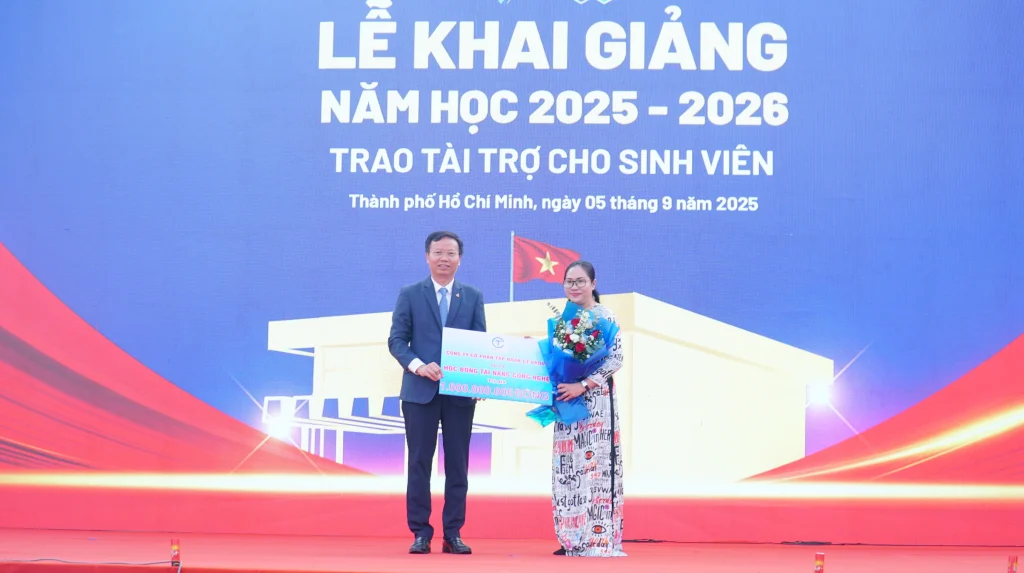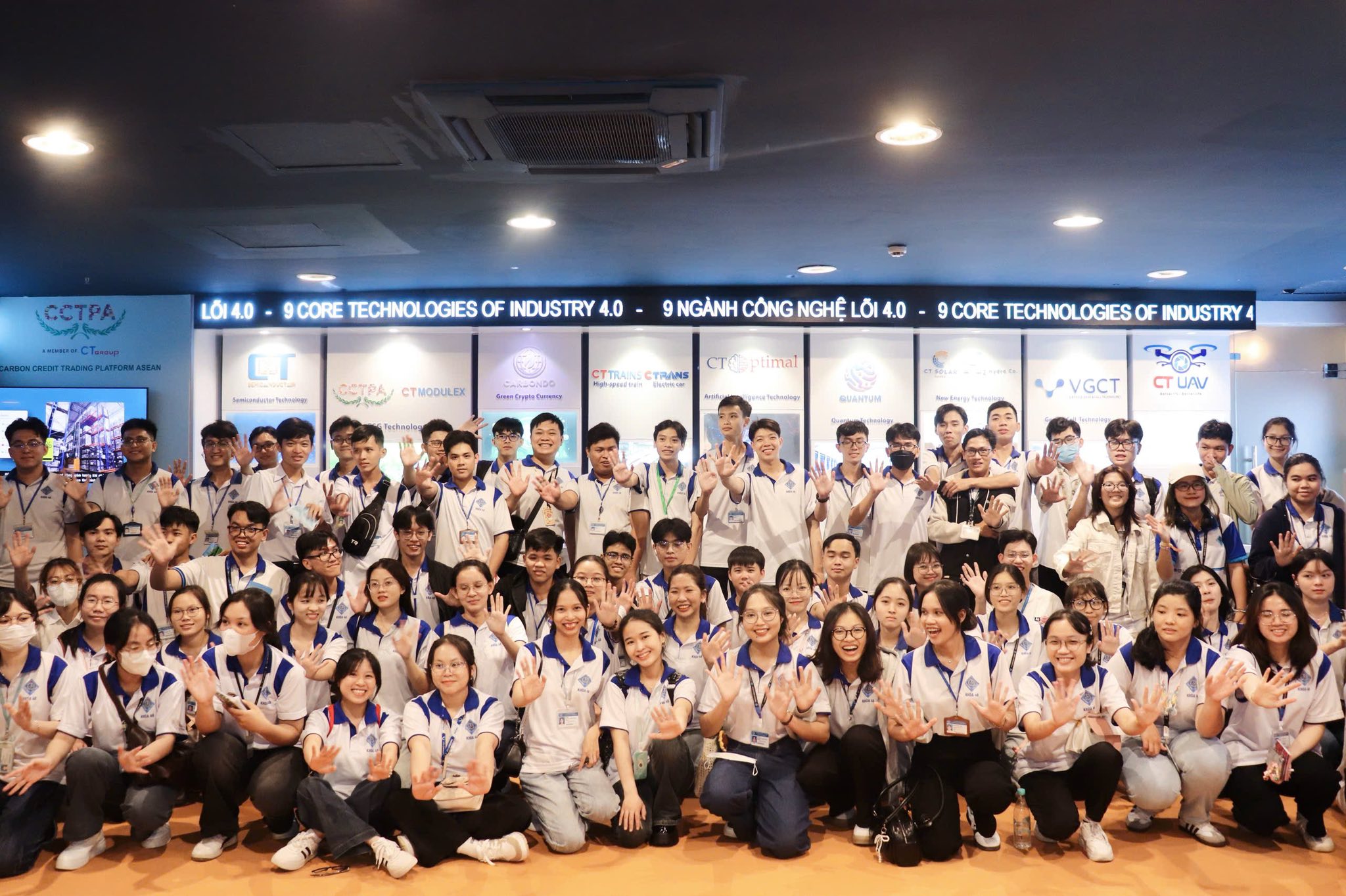If TSMC is the irreplaceable symbol of power, then UMC is the “second pillar” quietly building a solid empire in the semiconductor industry — a model for Asian technology enterprises.
From Research Institute to Industrial Empire: The Catalyst for Taiwan’s Transformation
Founded in 1980, United Microelectronics Corp (UMC) was Taiwan’s first semiconductor company to spin off from the Industrial Technology Research Institute (ITRI) — a state-backed organization that has played a pivotal role in nurturing innovation and facilitating technology transfer. Unlike many contemporaries that focused on end-product design, UMC chose a different path: becoming a contract chip manufacturer serving fabless design companies.
This strategic direction enabled UMC to swiftly enter the core of the global semiconductor supply chain, as major players such as Qualcomm, Broadcom, MediaTek, Realtek, and Texas Instruments sought manufacturing partners that could deliver high-quality, reliable, and consistent production.
Throughout the 1990s and 2000s, UMC continuously expanded its scale. The company invested heavily in advanced manufacturing technologies and established multiple fabrication plants (fabs) in Taiwan, Singapore, Japan, and mainland China. Notably, in 2000, UMC became the first Taiwanese semiconductor company to be listed on the New York Stock Exchange (NYSE) — a milestone that reflected its global ambitions and commitment to international governance standards.
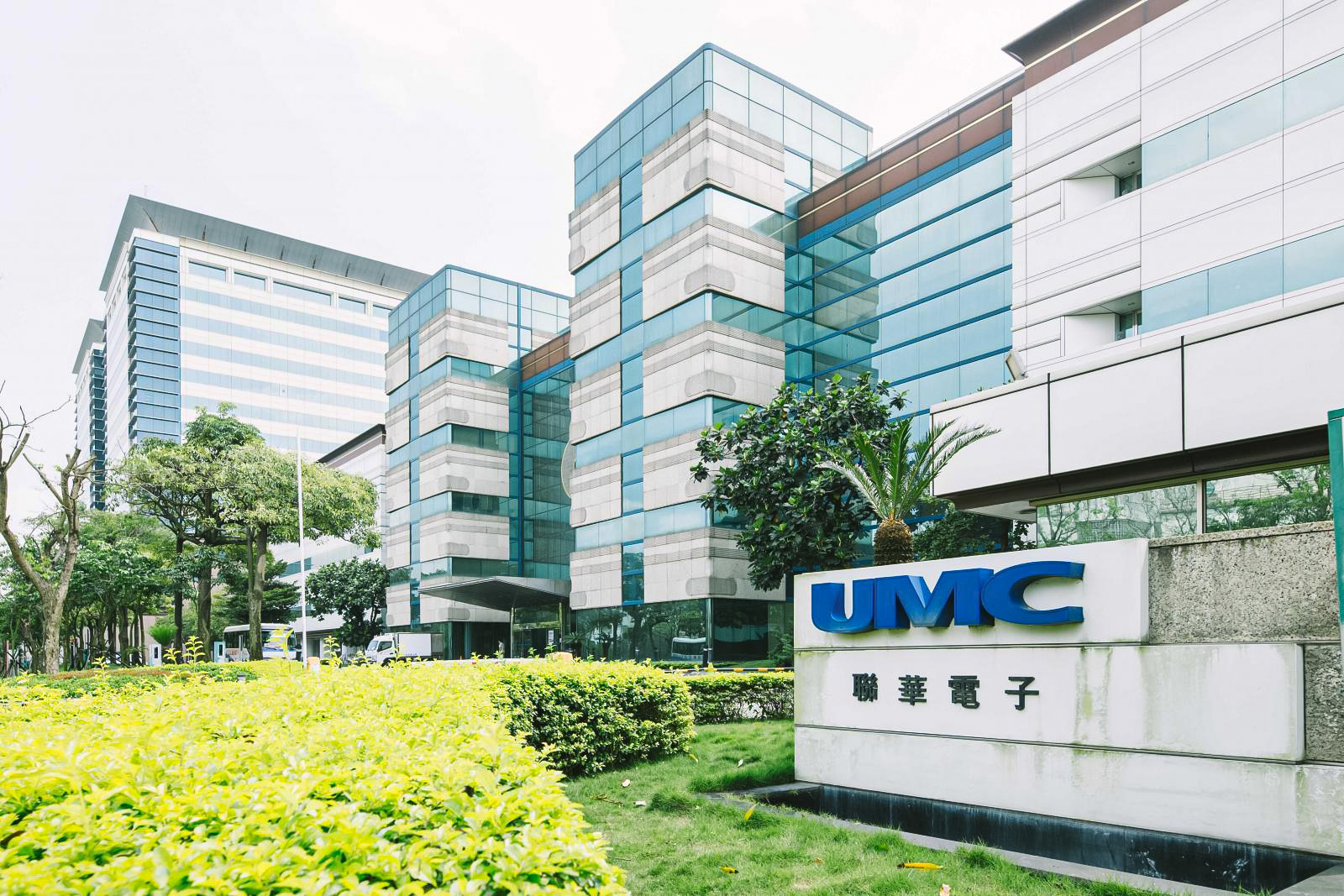
UMC Headquarters at Hsinchu Science Park
A Differentiated Competitive Strategy and the Mark of Its “Chief Architect”
Facing mounting competitive pressure from both TSMC and emerging rivals from South Korea and China, UMC repositioned its competitive strategy. Instead of joining the costly race to develop ultra-advanced technologies like 5nm and 3nm — which serve only a limited range of segments — UMC chose to focus on mature nodes such as 28nm, 40nm, and 65nm. These technologies continue to account for a significant share of the global semiconductor market, particularly in automotive, consumer electronics, IoT, industrial, and healthcare applications.
This strategy has enabled UMC to become a stable, flexible, and cost-effective manufacturing partner, avoiding the risks associated with bleeding-edge technologies. At the same time, it has laid the groundwork for the company to implement a sustainable supply chain while integrating AI, automation, and ESG standards into its manufacturing practices.
A key part of this strategic vision is attributed to Stanley Tzuwen Chen — former Chairman and CEO of UMC, now serving as Honorary Vice Chairman and Strategic Advisor. Having joined UMC in its earliest days, Mr. Chen has been instrumental through many critical phases of the company’s evolution. Under his leadership, UMC carried out a series of strategic mergers, governance restructuring initiatives, and expanded partnerships with global chip design firms.
Notably, he did not succumb to short-term growth thinking. On the contrary, he focused on building technological resilience, developing human capital, and preserving Taiwan’s industrial identity amidst the tides of globalization. This mindset has enabled UMC to maintain a stable position despite rising competition, ensuring that the company grows not only in scale, but also in sustainability.
From Semiconductors to Stem Cells
Driven by a relentless spirit of innovation, Stanley Tzuwen Chen has also achieved remarkable success in the field of biotechnology, particularly in stem cells and regenerative medicine — areas often referred to as the “new semiconductors” of the 21st century.
He has invested in research, authored books to popularize scientific knowledge, built networks among expert communities, and inspired younger generations. For him, this century demands not only smart devices, but also biological solutions that extend longevity, enhance health, and improve quality of life.
_______________________


